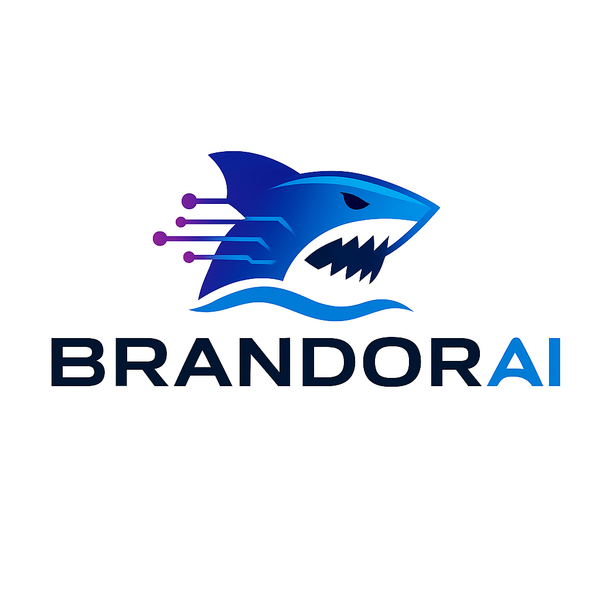
The Death of the Static Website: Why AI-Personalized Sites Are the Future of Conversions
For years, business websites have been built the same way: static, one-size-fits-all pages designed to look good but rarely designed to convert. Every visitor gets the same homepage, the same services page, the same calls-to-action — no matter who they are, where they came from, or what they actually need.
That approach might have worked in 2010. But in 2025, static websites are already on life support. Customers expect experiences tailored to them, and businesses that fail to deliver risk losing sales to competitors who do.
Welcome to the era of AI-personalized websites — where your website doesn’t just exist, it adapts.
Why Static Websites Are Dying
The problem with static websites is simple: they treat everyone like a stranger.
-
They don’t remember returning visitors.
-
They don’t adjust based on location, device, or search intent.
-
They serve the same message to a first-time visitor as they do to a long-time customer.
The result? Low engagement, high bounce rates, and missed opportunities.
In a world where people expect Netflix to know what movie they’ll love next, your static brochure-style website feels like a relic from the past.
What Makes an AI-Powered Website Different
AI isn’t about making websites prettier. It’s about making them smarter.
An AI-personalized website can:
-
Adapt content in real time — showing different headlines or offers depending on who’s visiting.
-
Recommend services or products based on browsing behavior.
-
Change CTAs depending on where someone is in their buyer’s journey.
-
Engage with chatbots that remember past conversations and provide instant answers.
Instead of forcing every visitor through the same experience, your website becomes a dynamic, living sales system that adjusts to each person.
The Conversion Power of Personalization
Personalization isn’t a gimmick — it’s a proven revenue driver.
-
80% of consumers are more likely to buy from brands that offer personalized experiences (Statista, 2024).
-
Companies using AI personalization see 10–20% lifts in conversion rates on average.
-
Local businesses build trust faster when their website “speaks directly” to a visitor’s needs.
The static website can’t do this. AI-driven personalization can — and soon, it will be the default.
Real-World Examples of AI Personalization
This isn’t sci-fi. Businesses are already using it:
-
Law firms: showing different services depending on whether someone searched “car accident lawyer” vs. “business contracts.”
-
Restaurants: automatically updating menus and offers based on the time of day.
-
E-commerce stores: recommending products that complement what a customer bought last time.
Every example points to the same truth: personalization closes the gap between interest and action.
The Future: Websites That Sell Themselves
Think of your future website not as a digital brochure, but as a living marketing system:
-
Constantly learning.
-
Continuously adapting.
-
Always optimizing for conversion.
This shift is as big as the move from yellow page ads to search engines. Businesses that adopt AI-personalized sites now will pull ahead — while those clinging to static sites will quietly disappear.
Final Word
The static website is dead. Businesses that want to win in 2025 and beyond need websites that think, not just sit online.
👉 At BrandorAI, we help small businesses build AI-powered websites that adapt, convert, and grow with you. Don’t get stuck in the past — get ahead of the curve.
Book your free consultation today and let’s future-proof your online presence.
